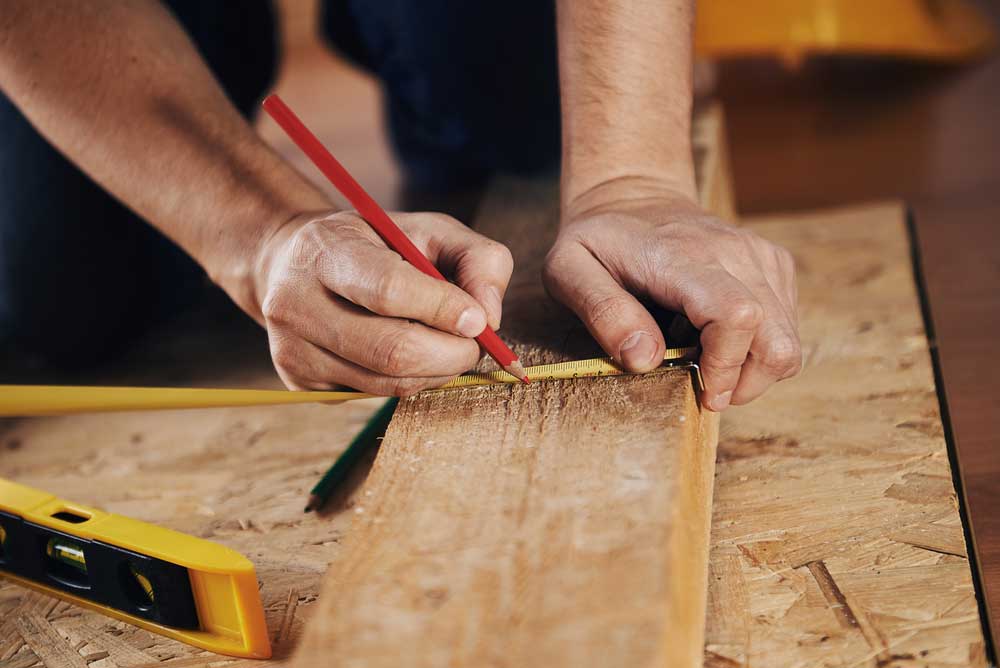Keep your walls fresh and current.
Allow moss to bloom throughout the rustic masonry, or make a living wall by planting hardy flowers in the gaps. In a blaze of color, flower gardens often spill over the border of the walls. They look great next to the lovely pink-flowered magnolia tree.
Clutter closes down space and is an important part of planning and design. Edit your clutter to avoid blocking both circulation and reducing the perceived size of a room. This is also crucial to ensure that light can bounce around in the room. Clutter will absorb the light making the room feel darker than it could be.
You don’t desire anything unpleasant that will certainly leave great deals of particles in your swimming pool. And also, they need to be ones that can cope with sunlight and also humidity levels. Good tiered landscape wall surfaces making use of one of RCP’s most prominent block, Nation Estate. Rustic double-sided, dry-stacked stone allure maintaining wall surface.
If you have underground parking or your garage is in your basement, consider installing retaining walls by retaining walls Auckland in your backyard. These can serve as a marker for your driveway. It not only makes it easier to see but also makes your whole space feel more luxurious.
Look at how the retaining walls are built to fit with the slanted street, which means the height of each level can vary. This is a reminder to adapt to the surrounding landscape and be flexible with your design. We also like how the stone steps use the same material and look like an extension of the walls.
Building a retaining wall is one important task that cannot be trivialized. If your mind is set on doing it, then you just have to see to it that it is done properly otherwise, there is a cost attached to a shoddy job done on a retaining wall which I am sure you don’t want to pay.
Increasing your property’s value.
A well-built new retaining wall can become a stunning addition to your home or commercial building. This translates into increased curb appeal, which means your property will stand out from its neighbors. When properties look better, they increase in value.
The clean poured cement retaining walls lend a bright and airy atmosphere to this modern landscape. In Mediterranean-inspired low-maintenance landscape, they function nicely as easy-to-maintain raised beds. Hue and interest are added by drought-resistant bushes and palms.
Even though outdoor spaces are often overlooked, yard renovations and redesigns frequently pack the biggest punch. Your outdoor living area is your first chance to inspire and make an impression on neighbors and guests, so sprucing it up can give your blah house a much-needed boost.
When browsing outdoor decorating ideas and remodel inspiration, keep in mind the following advice to make the most out your great outdoors: Because such dramatic changes can cost a pretty penny, it’s important to carefully consider all outdoor ideas before delving in. Set your budget ahead of time, and work carefully with your designer to make sure you stick to it.
Research materials and landscaping techniques that are appropriate for your location and style, and don’t forget add the plan for the final touches, like outdoor decor and furniture, to complete the space.
Types of Retaining Walls
Retaining walls are vertical structures that hold back soil from falling over or eroding. Usually made of bricks, stones, cinder blocks, concrete, or a combination of materials, retaining walls helps prevent erosion and collapse. Retaining walls are used to maintain slopes and other terrains in places where there is a gradient higher than the land’s natural angle of repose.
While retaining walls are useful in many applications, the principle characteristic is their strength, or ability to withstand the pressure from the material being retained.
Aside, from the fact that they are useful in landscaping, retaining walls also help prevent soil erosion. Because they hold back soil, they’re often used in areas that have sudden changes in grade. The soil on one side of a retaining wall may form a flat terrace, while the soil on the other side is level with the bottom of the wall. Retaining walls not only prevent erosion, but can also create a level yard for easier landscaping.
Aside from retaining soil, another type of retaining wall is the sheet pile. These walls are generally made of a variety of materials and their height can be altered to fit the area. A taller sheet pile wall requires a tie-back anchor, which is placed behind the face of the wall, behind a potential failure plane in the soil. These walls are generally relatively expensive to construct and may require extensive site analysis. So, consider your options carefully.

